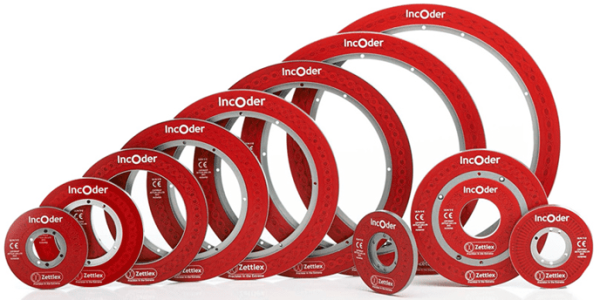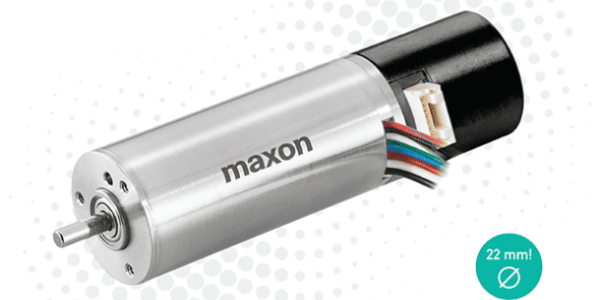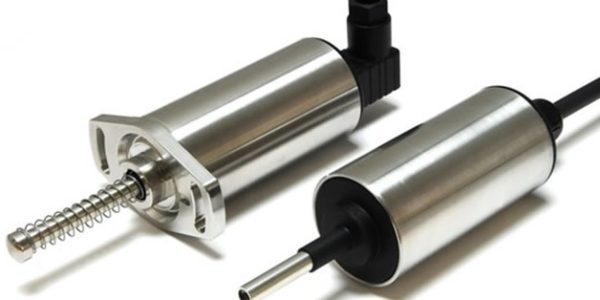
CASE STUDY
Spinal surgery robot with advanced robotic guided technologies supports high requirements of predictable surgical procedures.
Encoder Requirements
- Supplying smooth & high torque motion from a stepper motor
- Hollow shaft
- High precision
- Low profile
- Immunity to magnetic fields interference and EMC
Absolute Rotary Encoder
- Netzer DS product line of Absolute Position Electric Encoder™, DS-25, DS-37, DS-40, and DS-58 are incorporated in the robotic arm.
- Compact, low profile, lightweight & wide bore: Allowing high-level integration for a low profile arm joint design.
- Frameless & contactless with a negligible rotor weight: No mechanical parts operating, resulting in a long-lasting operational time, introducing no extra weight & inertia (load) to the system.
- Immune to magnetic interference: Can be very close to the frameless motor magnets.
- High resolution 18 bit & accuracy < 0.015deg for smooth and high accuracy rotation, high reputability 1 count.
- Standard digital serial interfaces, SSi, BiSS.
- Special safety algorithms with real-time BIT (Built-In Test) over SSi or BiSS.





